

Conservation Agriculture for Sustainable Farming
Conservation agriculture (CA) combines three fundamental principles: minimal soil disturbance through reduced tillage, maintaining biomass residues on the soil surface, and crop rotation with nitrogen-fixing legumes or cover crops. This approach has demonstrated its efficacy in dryland wheat farming systems, offering multiple advantages. CA enhances soil quality, improves water use efficiency, stabilizes yields, reduces input costs, and minimizes energy and time demands. Furthermore, it enriches soil biodiversity, mitigates emissions, and sequesters carbon, benefiting both farmers and the environment.
This technology is TAAT1 validated.
Three-year average total production under CA
Increase in yield
water use efficiency
increase in income
Increase in profit from wheat production
Open source / open access
The technology enhances crop yields, ensuring food security and profitability for farmers. By minimizing soil disruption and conserving moisture, it reduces water and fertilizer needs, while also preventing erosion and chemical runoff, promoting environmental sustainability. Lower input costs and increased resilience to climate variability further benefit farmers economically and environmentally.
To assess the cost implications for your business, consider that the three-year average total production cost for wheat-chickpea rotation under Conservation Agriculture (CA) in Morocco is USD 740 per hectare compared to USD 838 per hectare for conventional tillage systems.
For profit estimation, note that in Mexico, profits from wheat production increase by USD 923 per hectare under CA management instead of intensive tillage.
Access to this technology is likely available through agricultural extension services, research institutions, local farming communities, and organizations dedicated to sustainable agriculture and rural development.
Moreover, explore opportunities to integrate this technology with complementary approaches, such as Heat and Drought Tolerant Wheat Varieties and pest-resistant wheat varieties.
Adults 18 and over: Positive high
The poor: Positive high
Under 18: Positive low
Women: Positive high
Climate adaptability: Highly adaptable
Farmer climate change readiness: Significant improvement
Biodiversity: Positive impact on biodiversity
Carbon footprint: Much less carbon released
Environmental health: Greatly improves environmental health
Soil quality: Improves soil health and fertility
Water use: Much less water used
Scaling Readiness describes how complete a technology’s development is and its ability to be scaled. It produces a score that measures a technology’s readiness along two axes: the level of maturity of the idea itself, and the level to which the technology has been used so far.
Each axis goes from 0 to 9 where 9 is the “ready-to-scale” status. For each technology profile in the e-catalogs we have documented the scaling readiness status from evidence given by the technology providers. The e-catalogs only showcase technologies for which the scaling readiness score is at least 8 for maturity of the idea and 7 for the level of use.
The graph below represents visually the scaling readiness status for this technology, you can see the label of each level by hovering your mouse cursor on the number.
Read more about scaling readiness ›
Uncontrolled environment: tested
Common use by projects NOT connected to technology provider
| Maturity of the idea | Level of use | |||||||||
| 9 | ||||||||||
| 8 | ||||||||||
| 7 | ||||||||||
| 6 | ||||||||||
| 5 | ||||||||||
| 4 | ||||||||||
| 3 | ||||||||||
| 2 | ||||||||||
| 1 | ||||||||||
| 1 | 2 | 3 | 4 | 5 | 6 | 7 | 8 | 9 | ||
| Country | Testing ongoing | Tested | Adopted |
|---|---|---|---|
| Burkina Faso | –No ongoing testing | Tested | Adopted |
| Ethiopia | –No ongoing testing | Tested | Adopted |
| Kenya | –No ongoing testing | Tested | Adopted |
| Niger | –No ongoing testing | Tested | Adopted |
| Nigeria | –No ongoing testing | Tested | Adopted |
| South Sudan | –No ongoing testing | Tested | Adopted |
| Sudan | –No ongoing testing | Tested | Adopted |
| Zambia | –No ongoing testing | Tested | Adopted |
| Zimbabwe | –No ongoing testing | Tested | Adopted |
This technology can be used in the colored agro-ecological zones. Any zones shown in white are not suitable for this technology.



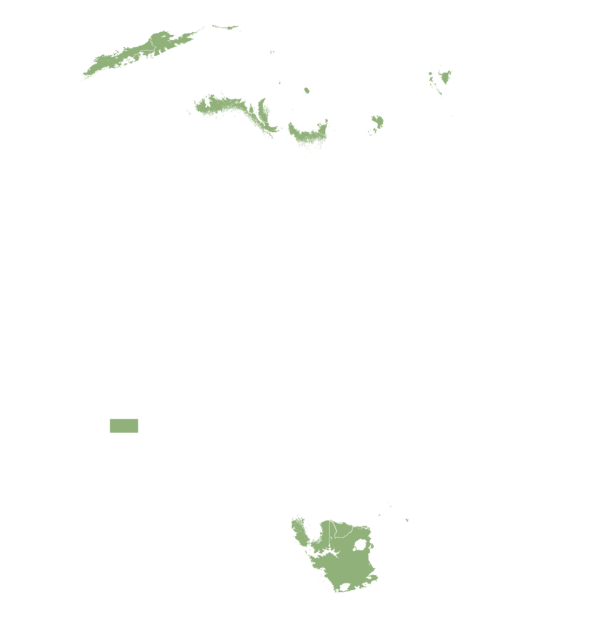




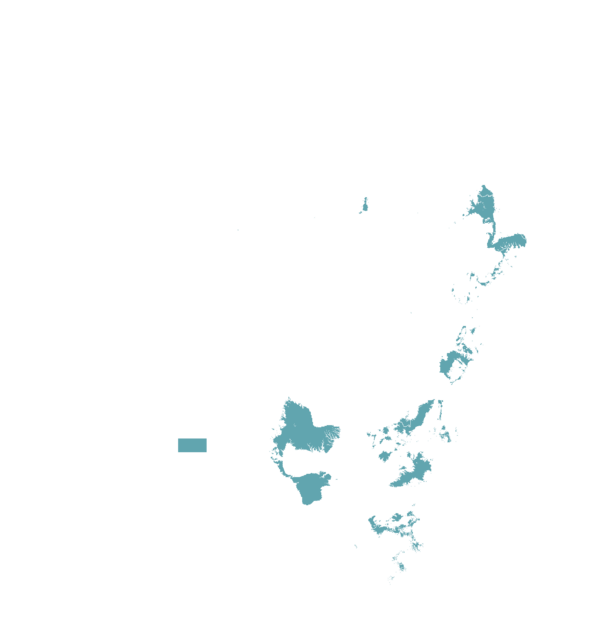
| AEZ | Subtropic - warm | Subtropic - cool | Tropic - warm | Tropic - cool |
|---|---|---|---|---|
| Arid | ||||
| Semiarid | ||||
| Subhumid | – | – | – | – |
| Humid | – | – | – | – |
Source: HarvestChoice/IFPRI 2009
The United Nations Sustainable Development Goals that are applicable to this technology.

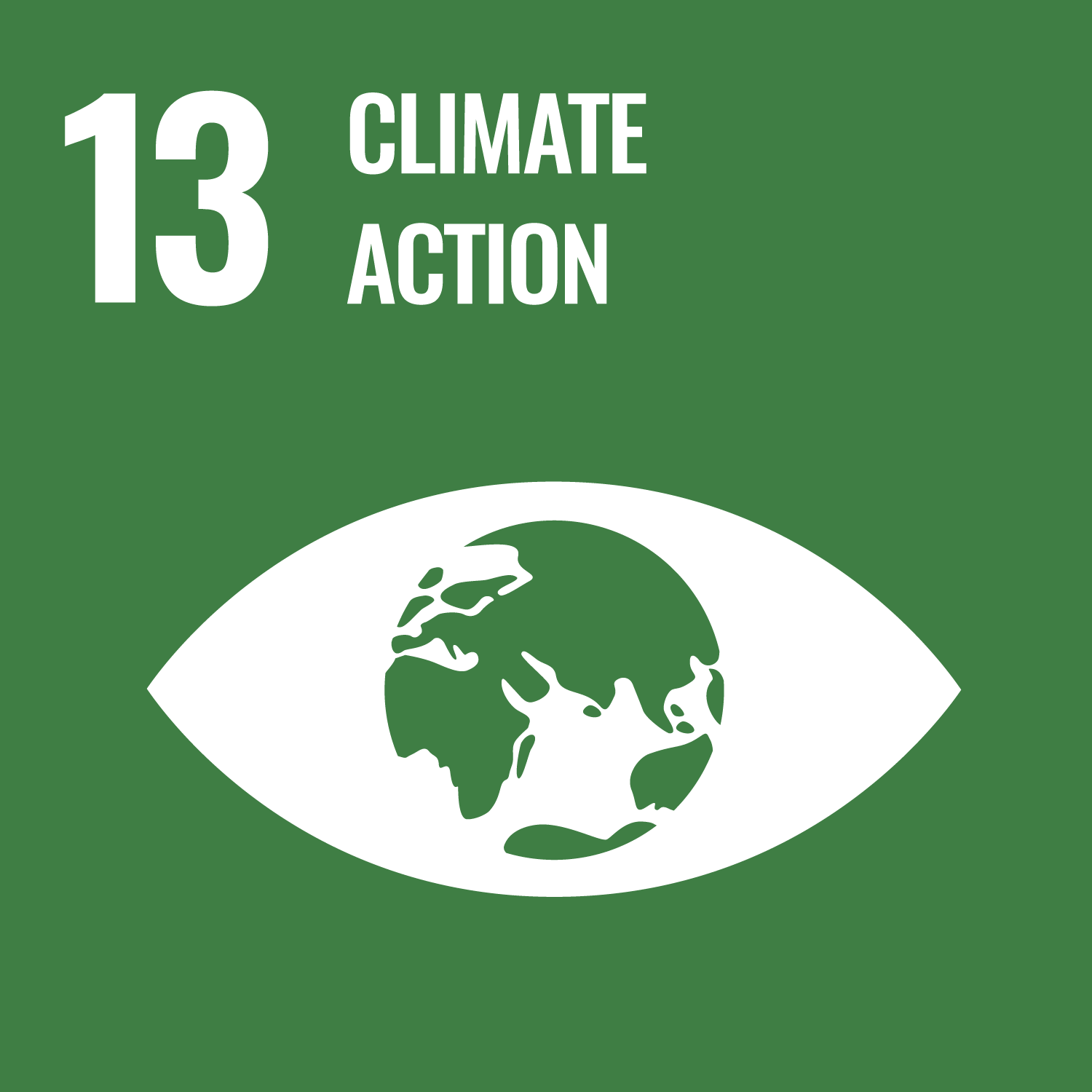
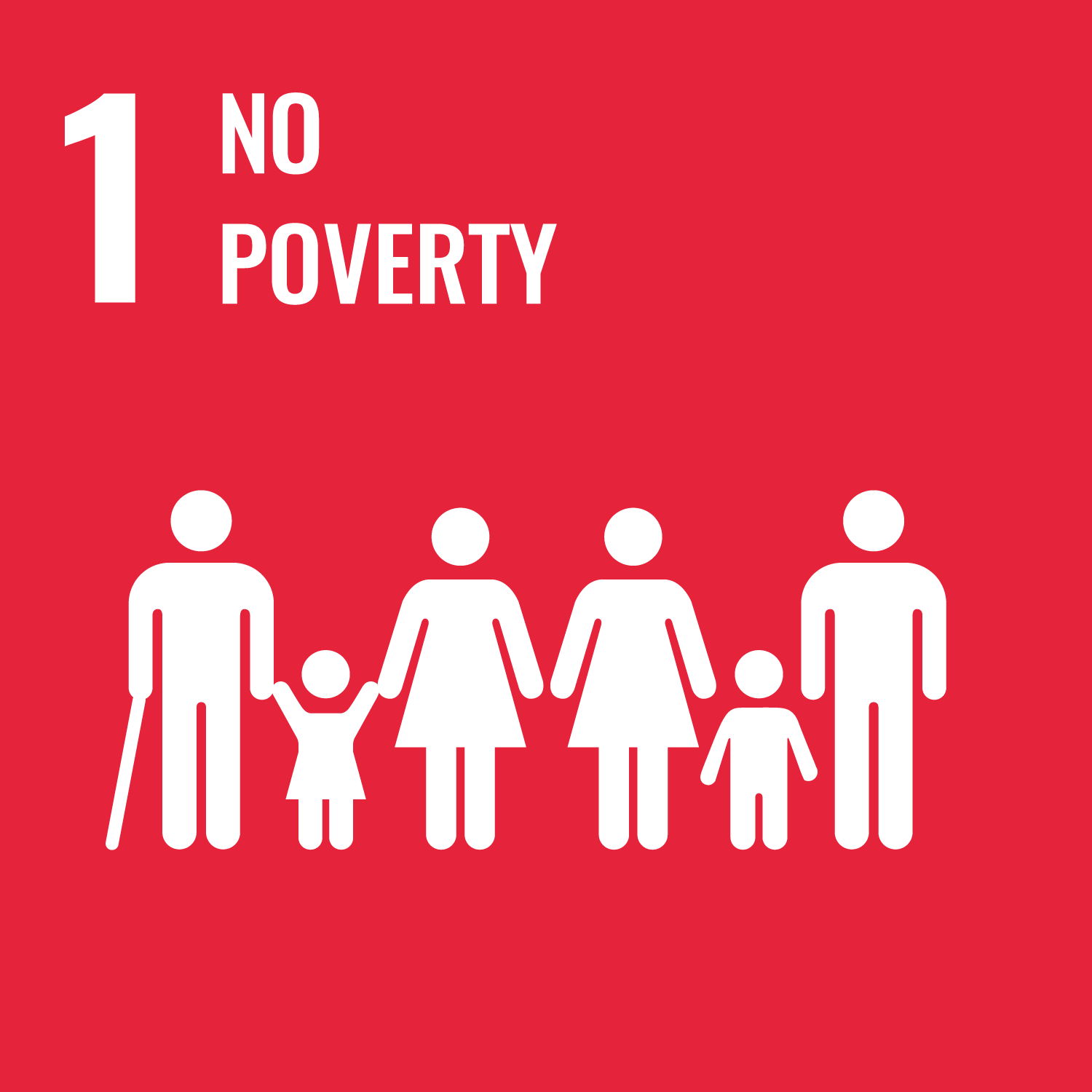
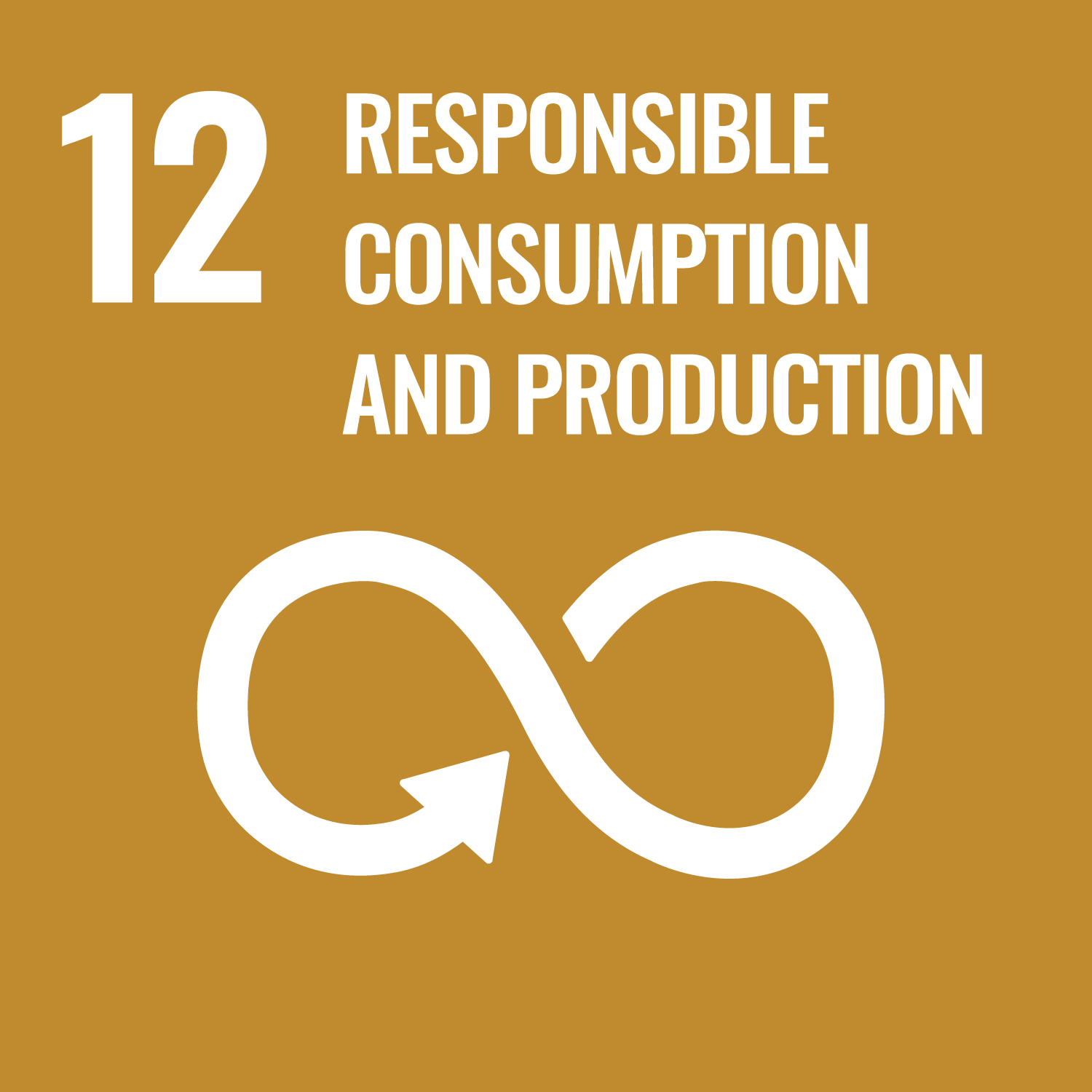
Last updated on 20 March 2025